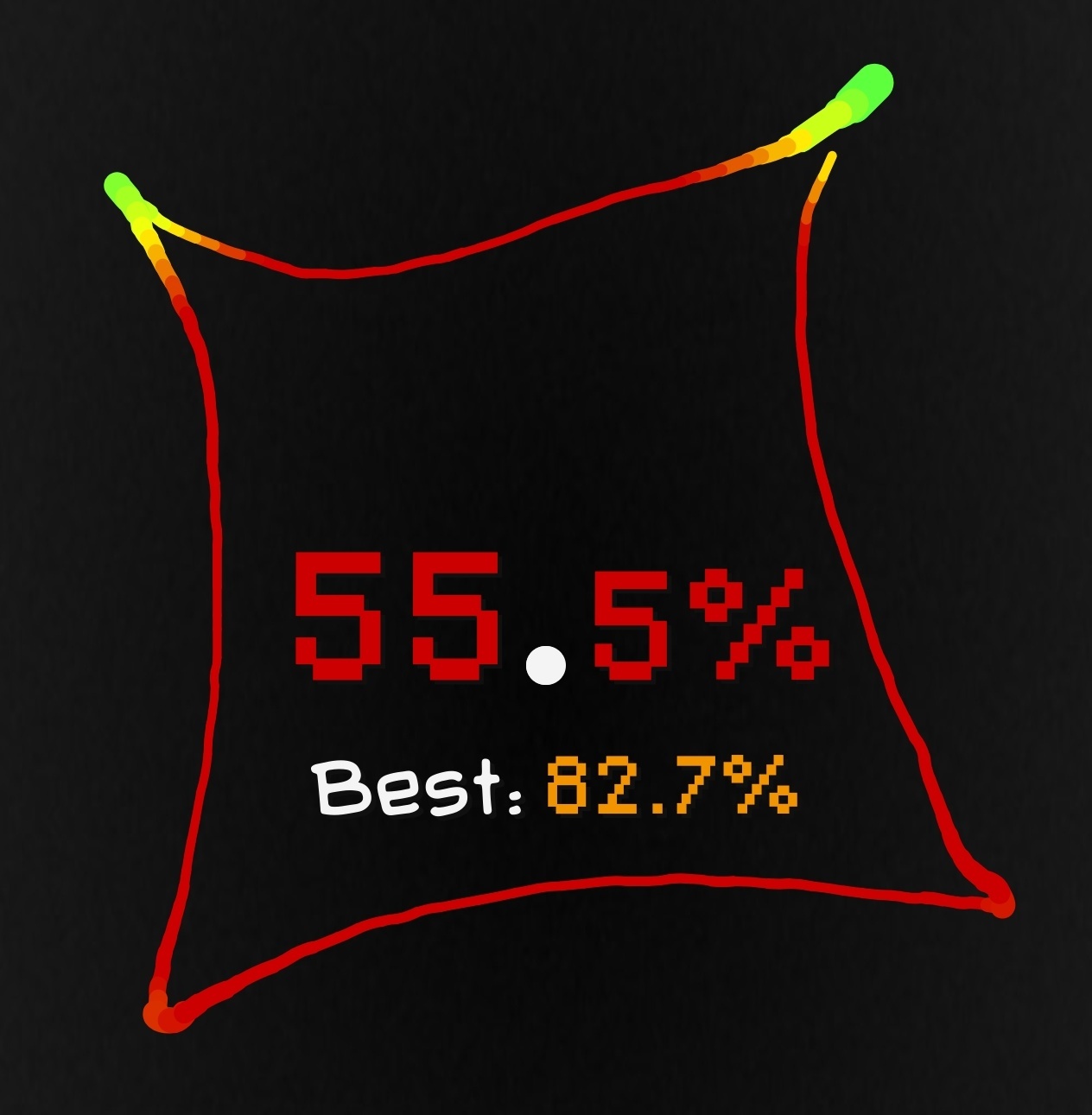I always recommend buying enterprise grade hardware for this type of thing, for two reasons:
-
Consumer-grade hardware is just that - it’s not built for long-term, constant workloads (that is, server workloads). It’s not built for redundancy. The Dell PowerEdge has hotswappable drive bays, a hardware RAID controller, dual CPU sockets, 8 RAM slots, dual built-in NICs, the iDrac interface, and redundant hot-swappable PSUs. It’s designed to be on all the time, reliably, and can be remotely managed.
-
For a lot of people who are interested in this, a homelab is a path into a technology career. Working with enterprise hardware is better experience.
Consumer CPUs won’t perform server tasks like server CPUs. If you want to run a server, you want hardware that’s built for server workloads - stability, reliability, redundancy.
So I guess yes, it is like buying an old truck? Because you want to do work, not go fast.























The three-day special operation is going well.